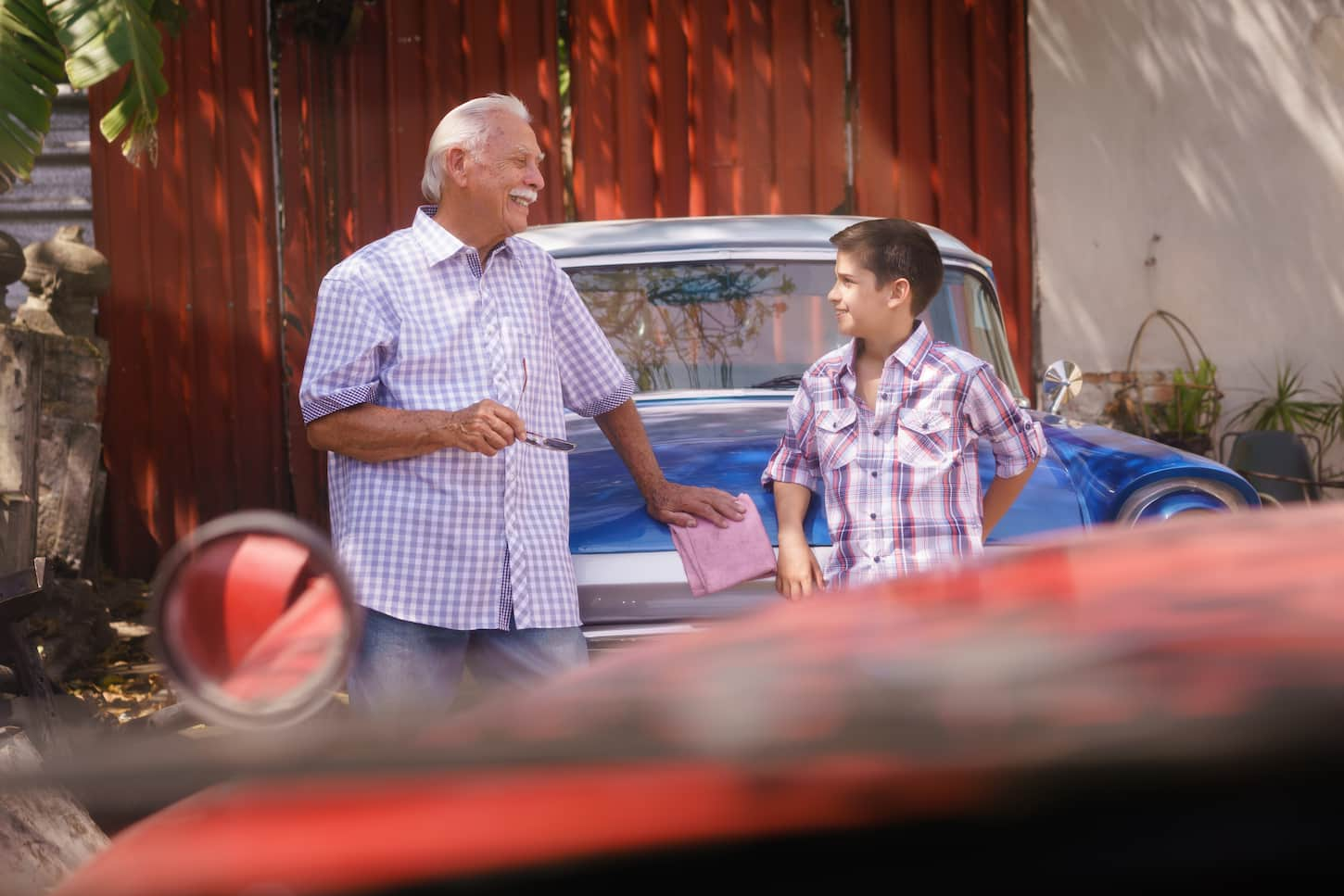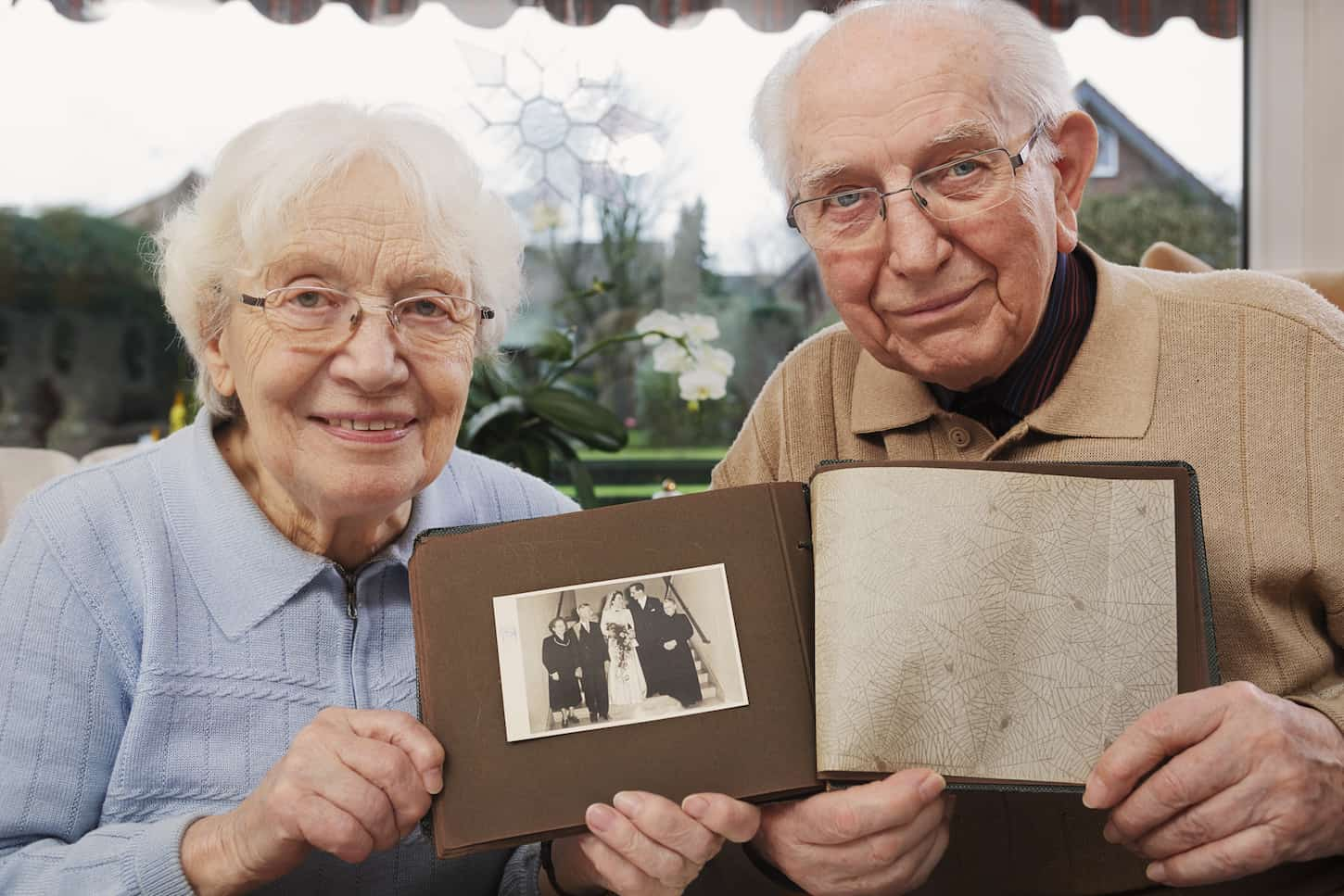Accidents happen – especially when you have small children. So with that in mind, I began to wonder what would have to be done if an heirloom or another important piece of history were damaged. So I looked up conservation and talked about it with Breanne.
Conservation means preserving historical family artifacts and cultural heritage while maintaining an artifact’s historical integrity. Conservation may include preservation and restoration. Some basic conservation can be done at home, while most conservation should be done by professionals.
Ready to learn more about conservation? Keep reading – and I’ll tell you what else I learned.

The Meaning of Conservation in Genealogy
Conservation is involved and detail-heavy work. Conservation means stabilizing, saving, and preserving important artifacts and documents so they can be kept for future generations.
Part of the conservation efforts may include preservation and restoration, too. Preservation and restoration are each different, though, as I’ve found out – we’ll talk about that later.
When I first think of conservation, I remember a documentary I watched about artwork from the 1400s and 1500s. In this case, the art was first examined. Then, it was painstakingly stripped of age-related gunk and “retouches” by long-dead, well-meaning artists (who had tried to preserve the painting).
Next, the painting was evaluated to see if it needed any restoration efforts – and some cracked, damaged areas were restored using the original artists’ paint recipes. Some restoration was then completed – before the painting was then moved to a better, environment-controlled room to preserve the painting for future generations.
Now, not every family is going to have artwork of this kind hanging in their house. The far more likely scenario is that you’ve got an old family Bible, photographs, furniture, or other paper-based documents that may need to be preserved, conserved, and/or restored.
In that case, conservation would mean finding a way to stabilize, restore, and/or preserve the artifact. You may be able to handle some of the conservation processes on your own, or you may want to consult a conservationist on a case-by-case basis.
Let’s take an old family photograph through some hypothetical conservation efforts.
A photograph might first be digitized (preservation) by the family. That way, you can document the history of the photo, too. Like how the photo has old teardrop stains on it – from when a distraught mother sobbed after being notified that a son was killed in action.
Then, the photograph will go through the conservation effort and be cleaned with a soft brush (to remove any accidental stains, oil build-up, or discolorations) and stabilized by being placed in a chemically stable plastic or paper enclosure. Next, it may be evaluated by a conservationist to see if it needs restoration by an expert.
Finally, the photograph would either be stored in a neutral environment to prevent further deterioration or displayed in an appropriate display case that minimizes further decay.
Before, during, and after digital copies may also be taken to document the entire process.
Conservation is an involved process. It can involve preservation and restoration – but now let’s talk about the subtle differences between them.

The Difference Between Conservation, Restoration, and Preservation
While these words have a lot of overlap at first glance, I’m finding there is also a difference here.
Conservation efforts are attempts to repair the original while maintaining its integrity of the original. Sometimes that means that the repair isn’t complete – or much more than a good cleaning – as that would damage the historical integrity of the artifact. In any case, conservation can be comprised of restoration and preservation efforts, too.
Restoration is repairing an object with the goal being to restore the original functionality – even if that means (and most times it does) using new parts. For example, restoring an old car often means using new parts.
Preservation means actively protecting items from further destruction or decay so that the artifacts can be used or viewed in the future. To read more about preservation, read our article on it here.
Conservationists, especially in museums and archives, think long and hard before doing restoration work because adding anything to the original can ruin its historical integrity.
That being said, all of these definitions are starting to run together in the general vocabulary. Even so, knowing the subtle differences will help you better communicate with your genealogist, your family, and your conservator friends.
How Do I Find a Conservator?
While most preservation can be done by an amateur, when it comes to conservation it’s best to find a professional.
The best, most widely encouraged way to find a conservator is to go to The American Institute for Conservation (AIC) website. They have a “Find a Conservator” feature where you can search for a profession in your area. Click here to go there now.
For best results, narrow your search profession based on the material they specialize in conserving.
Specialties to filter your search include:
- books/paper
- electronic media
- objects
- paintings
- textiles
- wood
- and more
There are also many specialists you can find online with a quick google search. Just make sure you look for verifiable credentials if you go this route. It’s a lot harder to guarantee you’re finding an expert with a basic search, though.
That’s why I really liked Breanne’s advice to go with the AIC’s website. They use a peer-reviewed application process, making sure that their specialists are actually industry experts you can trust with your family heirlooms.
Conservation Methods that Can Be Done at Home
There is a lot of basic conservation care that can be done at home, provided you know what that means. Thankfully, it’s pretty easy to learn basic conservation skills!
On the other hand, most heavily-involved conservation efforts will require an expert. For example, I’d be completely uncomfortable trying to repair a wet or moldy photograph. My first instinct with mold is to clean it with bleach – and that would definitely destroy the picture. Instead, the AIC recommends consulting a conservator if you have any wet, moldy, or actively flaking media.
On the other hand, if I’m just wanting to conserve a photograph by storing it in a safe environment, I can do that at home. I just need to make sure that I’m using proper handling techniques to do so. That means:
- Washing my hands before handling any historical documents.
- Handling fragile documents with clean gloves.
- Storing historical papers in a cotton rag or 100% chemically purified wood pulp (with an alkali reserve equal to 2% calcium carbonate and a pH of 7.5 to 10).
- Limiting light exposure and controlling temperature and relative humidity.
- Limiting exposure to gas pollutants, chemicals, and particulates.
- Avoid pressure-sensitive (self-adhesive) tapes.
- Use folders rather than rubber bands, paper clips, or staples (these can damage the papers).
- Storing these documents in rodent and pest-free environments (as rodents and bugs like to eat paper).
Want to see the archivally sound storage devices and materials that we use, love, and recommend? See them now by clicking here.
If that paper is also a photograph that I want to conserve and display, I can also make sure that I’m displaying it properly. I can display it by using an ultraviolet-filtering plexiglass case with archivally sound materials. That way, I can display the photograph and keep it safe from light.
The AIC has a complete list of ways you can care for (and conserve) your treasures at home right here. The great thing about this list is how they break things up by object type – and how each treasure type also comes with a section on “when to call a conservator.”
